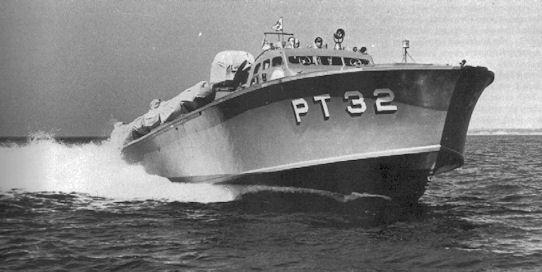
On this day, following President Franklin D. Roosevelt's orders, Gen. Douglas MacArthur pulls out of the Philippines, as the American defense of the islands collapses.



The Philippines had been part of the American commonwealth since Spain ceded it at the close of the Spanish-American War. When the Japanese invaded China in 1937 and signed the Tripartite Pact with fascist nations Germany and Italy in 1940, the United States responded by, among other things, strengthening the defense of the Philippines.

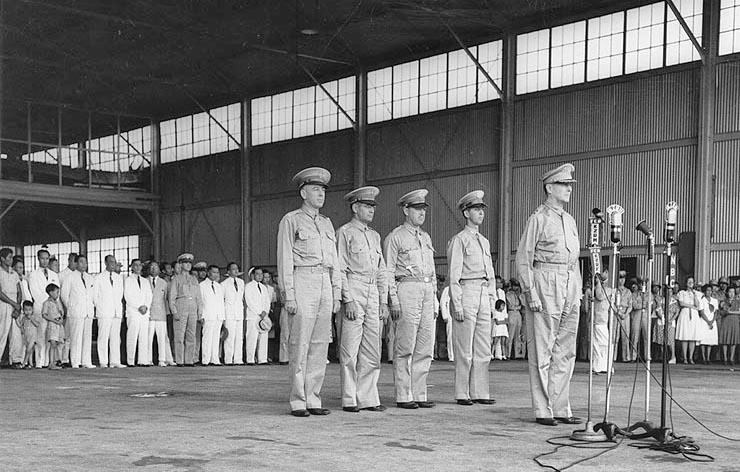
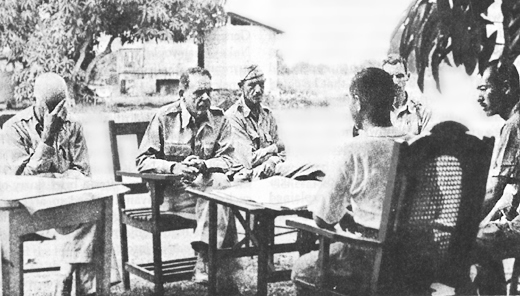
General MacArthur was called out of retirement and took command of 10,000 American Army troops, 12,000 Filipino enlisted men who fought as part of the U.S. Army, and 100,000 Filipino army soldiers, who were poorly-trained and -prepared. MacArthur radically overestimated his strength and underestimated that of Japan's.
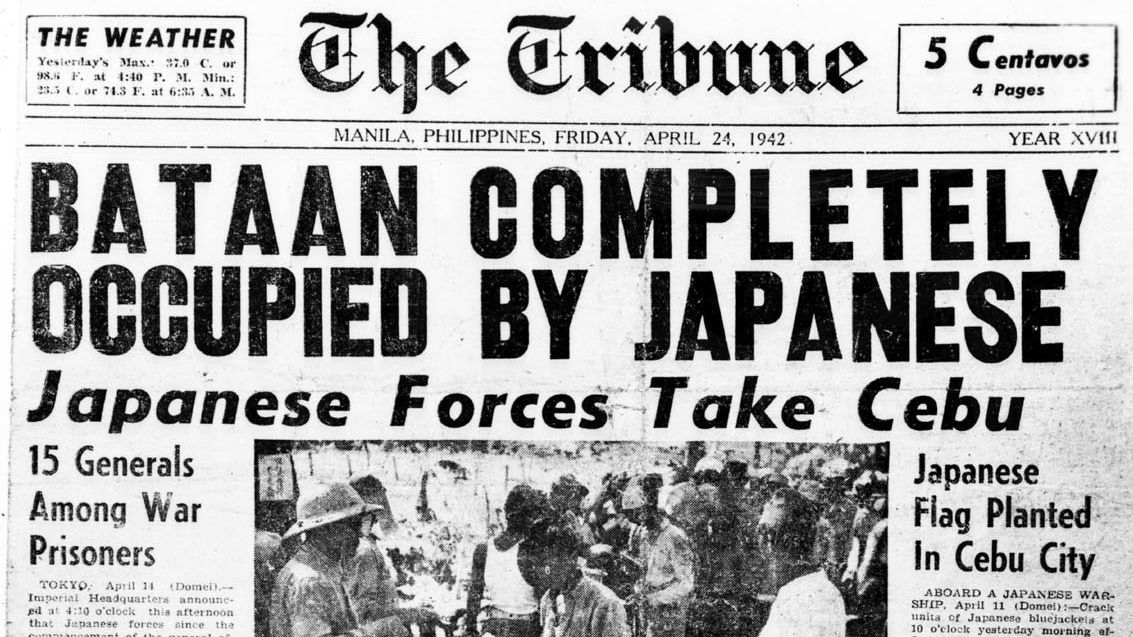

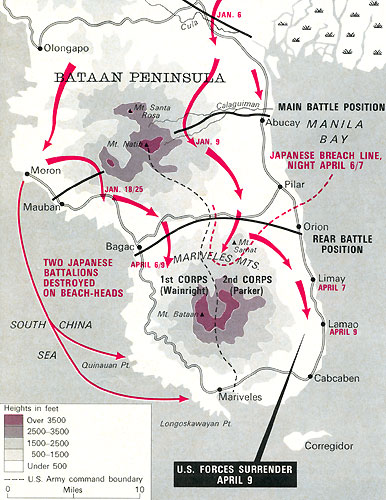
The Rainbow War Plan, a defensive strategy for U.S. interests in the Pacific drawn up and refined by the War Department, required that MacArthur withdraw his troops into the mountains of the Bataan Peninsula and await better-trained and equipped American reinforcements. Instead, MacArthur decided to take the Japanese head on-and never recovered.

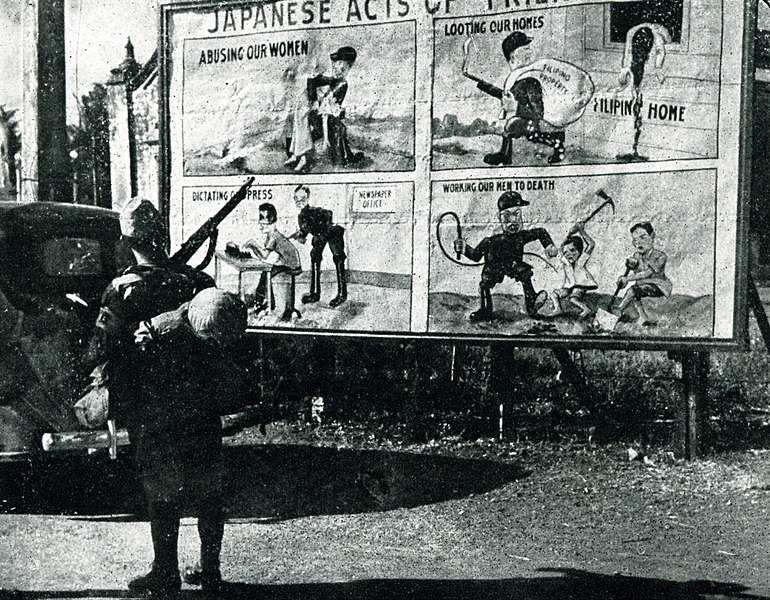


The day of the Pearl Harbor bombing also saw the Japanese destruction of almost half of the American aircraft based in the Philippines. Amphibious landings of Japanese troops along the Luzon coast followed. By late December, MacArthur had to pull his forces back defensively to the Bataan Peninsula—the original strategy belatedly pursued. By January 2, 1942, the Philippine capital, Manila, fell to the Japanese.


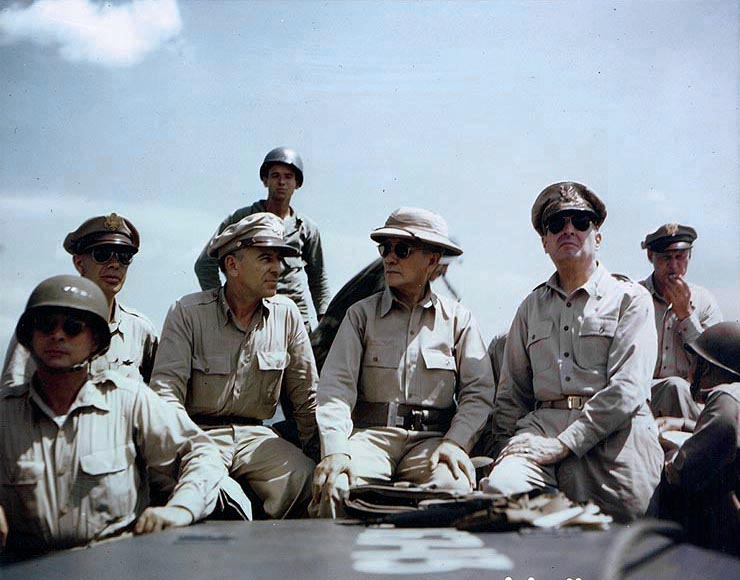
President Roosevelt had to admit to himself (if not to the American people, who believed the Americans were winning the battle with the Japanese in the Philippines), that the prospects for the American forces were not good—and that he could not afford to have General MacArthur fall captive to the Japanese.
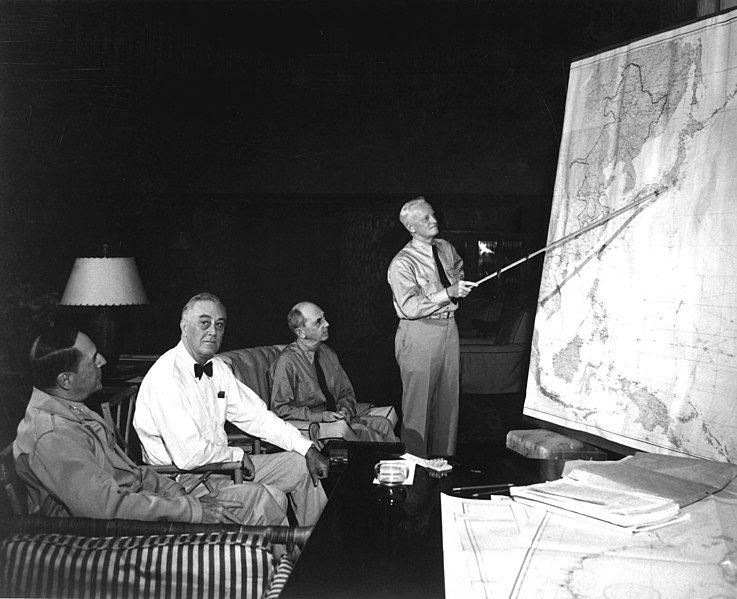



A message arrived at Corregidor on February 20, ordering MacArthur to leave immediately for Mindanao, then on to Melbourne, Australia, where he was to assume command of all United States troops. MacArthur balked; he was fully prepared to fight alongside his men to the death, if necessary. MacArthur finally obeyed the president's order on March 11.


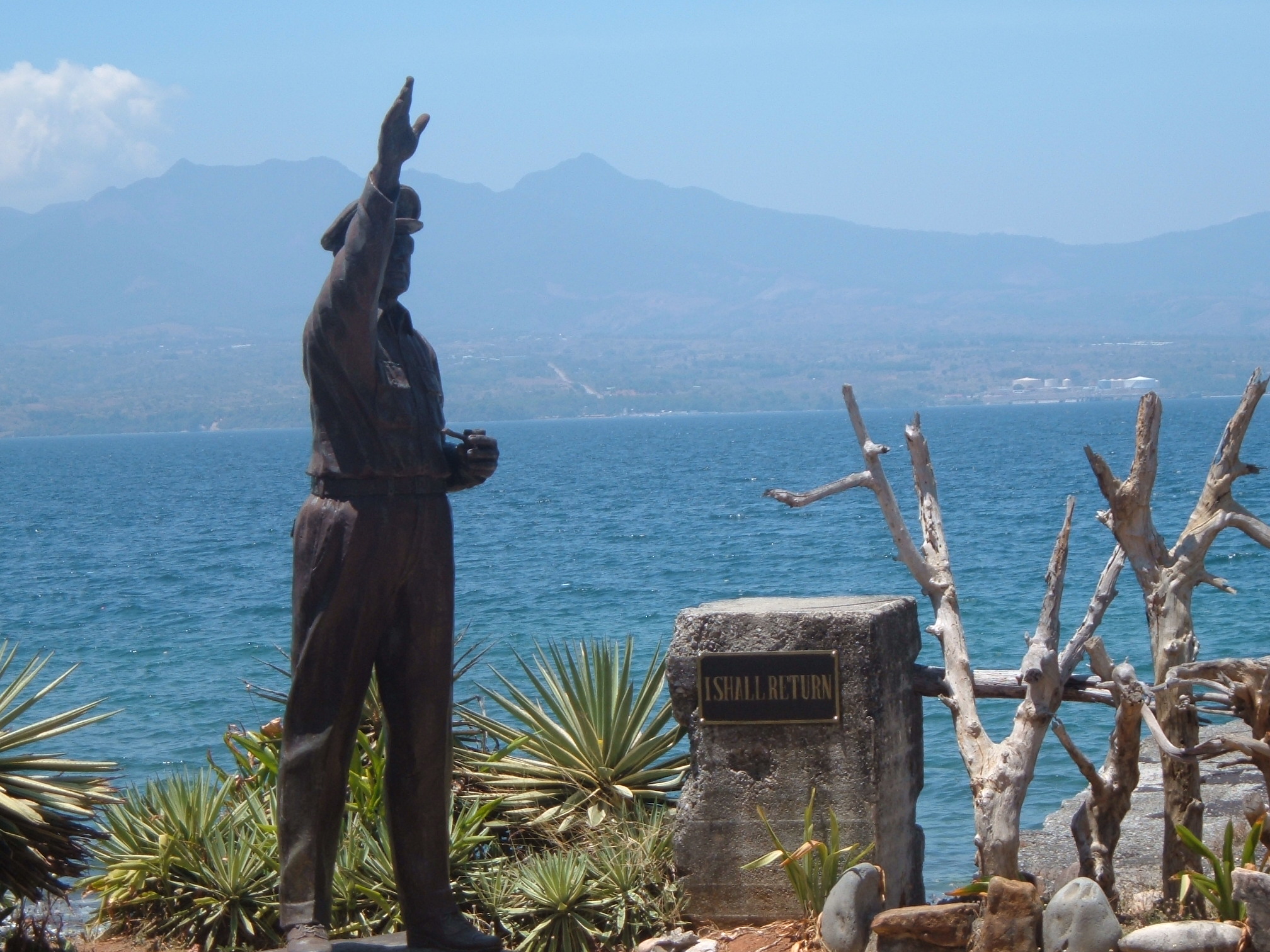
Taken from: http://www.history.com/this-day-in-history/macarthur-leaves-the-philippines [11.03.2014]

No comments:
Post a Comment